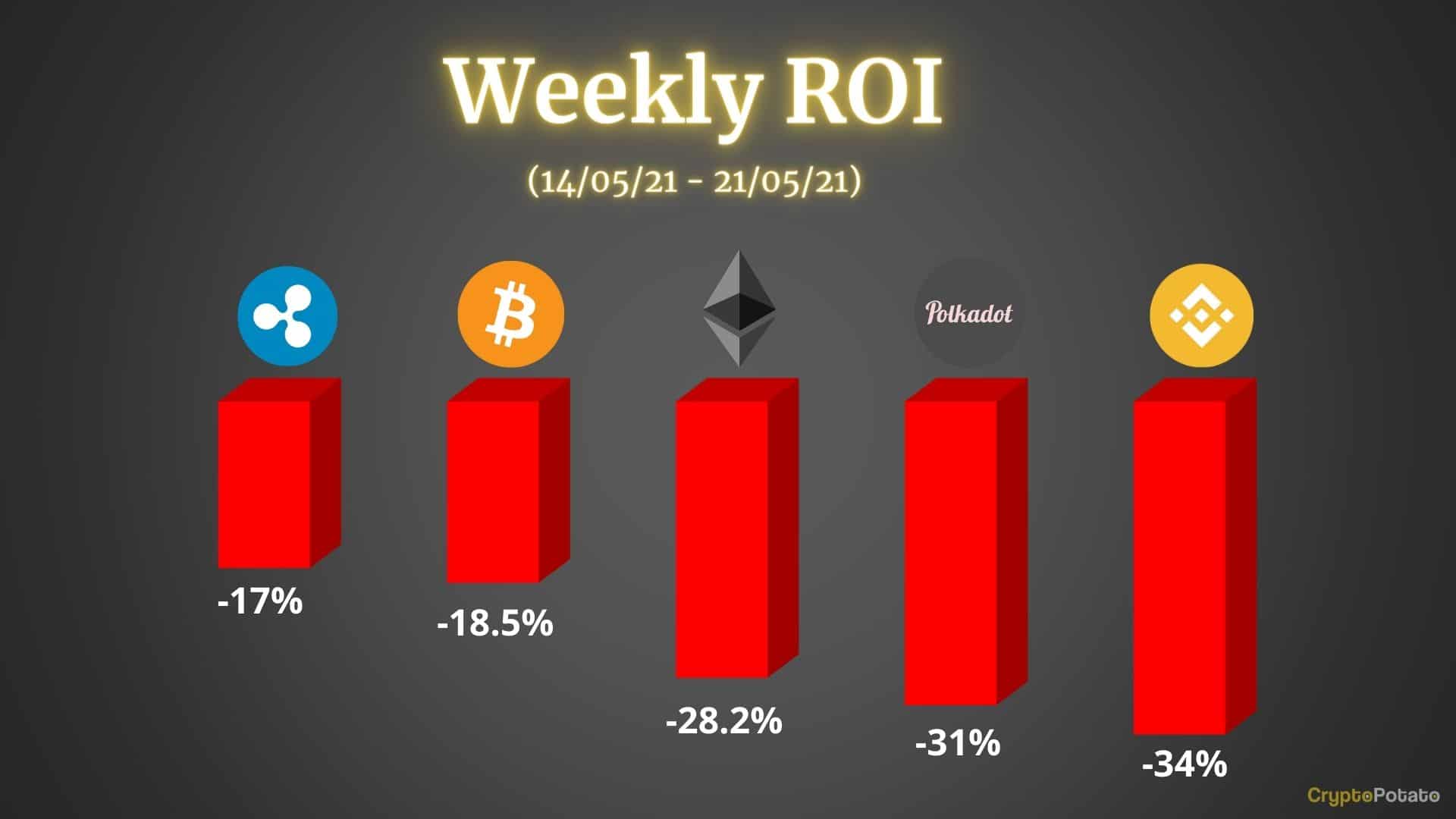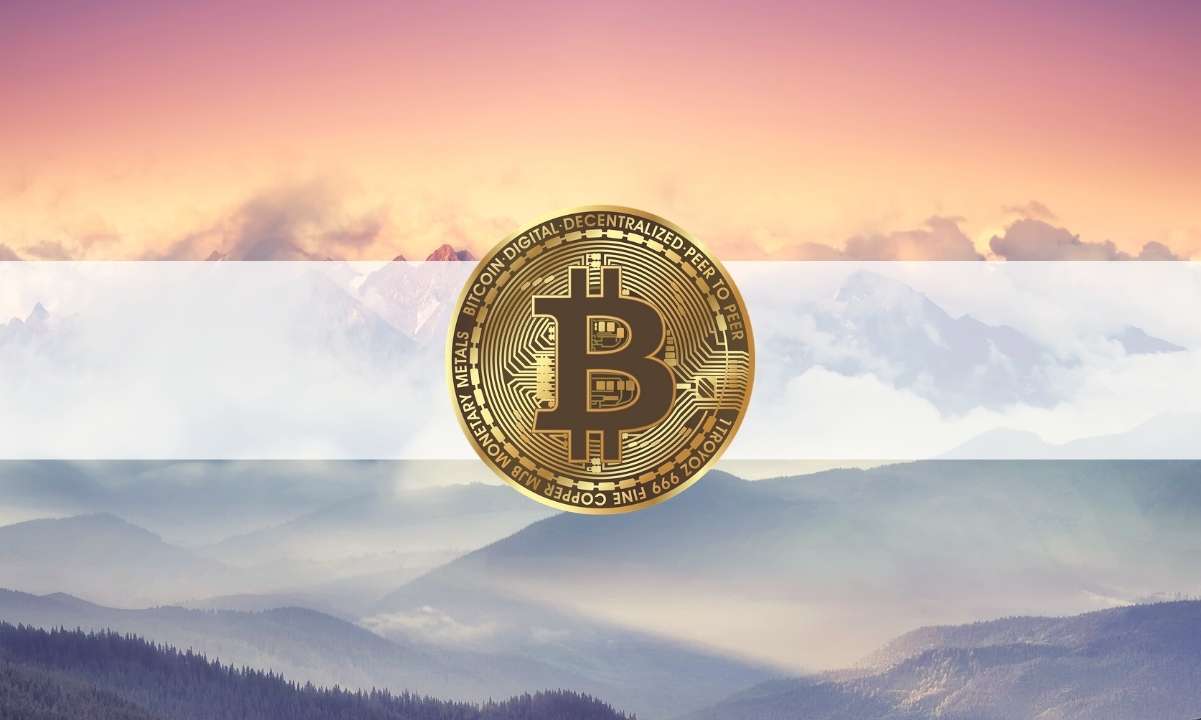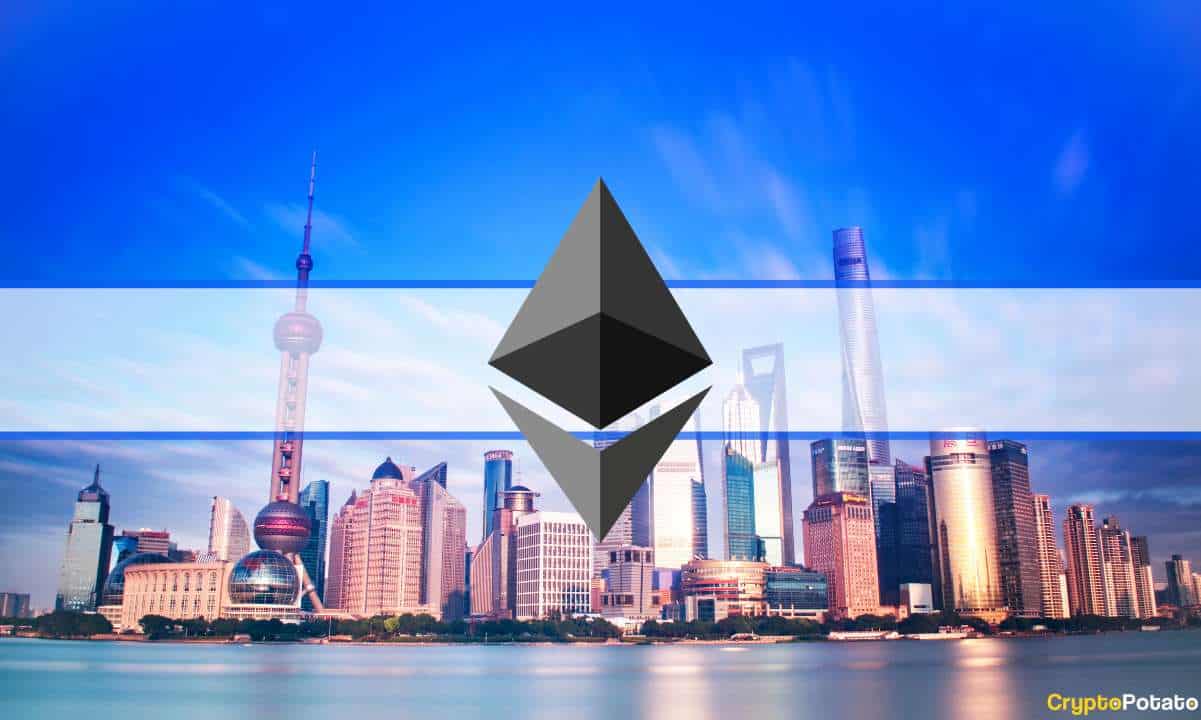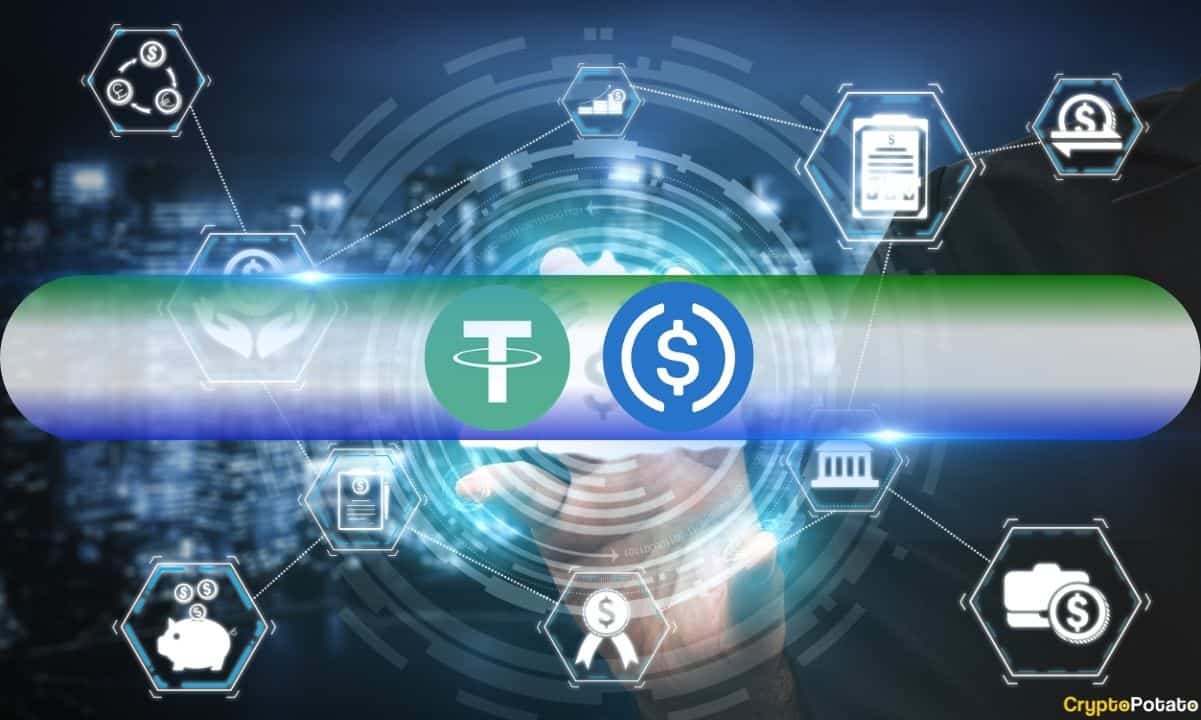How Blockchain Technology Is Transforming Microtransactions and Revitalizing the Gaming Industry
Microtransactions are a staple of many modern games, to the point many have just accepted them. However, new models are emerging, thanks to blockchain technology, that stand to disrupt the norm. Play-to-earn games are growing in popularity, and new services are lowering the cost of entry. These innovations are set to become the catalyst to create a true vision of the coming metaverse.
A new play-to-earn structure
Modern video games are rife with microtransactions. Whether simple things like costumes or accessories, or more elaborate offerings like characters and weapons, these in-game purchases have largely divided the gaming community. When done right, they can offer new content at a fair price, but when abused, they lead to “loot crates” and a general “pay-to-win” mentality. This creates artificial pay barriers to success for those who can’t simply throw money at a game they’ve already bought. Furthermore, any money sunk into a specific title is lost entirely when the player moves on.
However, with the rise of blockchain gaming and NFTs, this is all changing. A new gaming model is emerging based around real asset ownership and a new “play-to-earn” structure. A prime example is Axie Infinity, a play-to-earn NFT-based online game which has galvanized user interest worldwide, becoming the No. 1 decentralized app (dapp) in the Ethereum ecosystem.
Built on top of the existing blockchain systems, this new revolution is being called “GameFi.” GameFi encompasses the ideals that gamers shouldn’t just throw money away on in-game content, but instead invest their resources into assets that can appreciate in value and be resold on secondary markets.
NFT technology makes this possible, and the underlying blockchains also provide the means for gamers to earn currencies that have real world value. This has led to a new, all-digital economy, one that not only rewards users for their engagement, but offers financial services that make gaming a potentially lucrative avenue for generating income.
Of course, it often takes money to make money. Many of these games, while offering real avenues for value creation, also have some form of “buy-in” price, an initial payment for either an in-game NFT item or tokens, crucial to the play-to-earn mechanism. Unfortunately, not all newcomers to this space have deep pockets to get involved, leading to a similar situation as the “pay-to-win” model. For example, one of the more popular products is Axie Infinity. This Pokemon-style game has players battling their “Axies” for a chance to win actual rewards. However, to begin, users need at least three of these virtual creatures. Unfortunately, they aren’t cheap, as each one costs a current minimum of $70 on the Axie marketplace, resulting in a grand total of $210 for newcomers to get started. This isn’t accessible to a great many who would like to get involved.
Fortunately, there are innovative approaches being developed to foster greater involvement. For example, new gaming guilds, such as Yield Guild Games, in the Philippines, loan assets like Axies to new gamers in exchange for a cut of their profits. This means those with lesser means can get involved immediately, and those with more means can earn a passive income. This is a great example of the ways that this new virtual economy can benefit players at multiple levels, and inclusivity is going to be essential for building what is becoming known as the metaverse.
Blockchain gaming and the metaverse
If you aren’t familiar, the metaverse is basically the name for the collection of digital services and worlds that are becoming increasingly interconnected and interoperable. While an ambitious vision, currently many traditional platforms struggle to offer true compatibility, meaning various grafted-on solutions must be leveraged.
Fortunately, blockchain makes this issue far more trivial. NFTs and other decentralized assets can be transferred seamlessly across multiple platforms as long as they connect to a blockchain. Furthermore, the digital currencies being used stand to become ubiquitous forms of virtual cash that can plausibly be used on virtually any future service. This then stands to build a fully functioning economy that essentially lives in cyberspace, revolutionizing the way gamers interact with their favorite titles, each other, and the larger economy.
To that end, this new ecosystem stands to have very real benefits to users worldwide. The ability to earn income, and explore an immense world of entertainment will all come from one, admittedly vast, access point. This will undo many existing paradigms for how value is created and transferred, but the basic infrastructure is being built right now.
As both empowering and lucrative as this may sound, there is definitely still work to be done. For one, developers must still balance things like the types of items that are available for purchase, how they may enhance the experience for players, and how they interact with other games and markets. If unchecked, there could still be a pay-to-win issue present, as blockchain doesn’t fundamentally affect this.
What could address this is making it so that certain items are only equipable after reaching certain levels, or other qualifications. For example, metadata baked into an NFT could define an item of clothing or a weapon as usable only when the owner has met specific progression requirements. This means gamers would still be free to buy and trade any item, but a newcomer with deep pockets couldn’t just purchase their way up the ranks. This is just one example, but highlights that this is not an insurmountable issue at all.
Another possible stumbling block is the fact that many existing blockchains simply aren’t ready for the type of transaction volume that the proposed system would require. Gamers aren’t going to want to wait around for transfers to complete over several minutes or more. Transfers need to be resolved on-chain in seconds.
This of course could be mitigated by choosing the correct underlying network to build upon. For example, the Polygon Network acts as a second-layer solution for Ethereum and offers incredibly cheap transactions that take only seconds to complete. This is why Polygon has five times more gaming and NFT dapps than any other chain outside of Ethereum and is already working with a majority of today’s blockchain-based web 3.0 games and NFT platforms, such as Decentraland, OpenSea and The Sandbox.
Ultimately, it is clear that not only are gamers expecting a new model, but also that blockchain and NFT-powered gaming offers such a model. Progress has been a bit slow, but more and more developers are beginning to take note, and it won’t be long before the first “killer app” is released. Companies that fail to act soon may find themselves playing catch up before they even know it.
Subscribe to Money Reimagined, our newsletter on financial disruption.
By signing up, you will receive emails about CoinDesk product updates, events and marketing and you agree to our terms of services and privacy policy.









